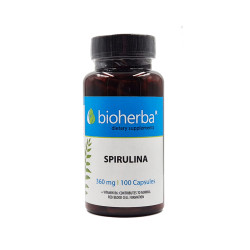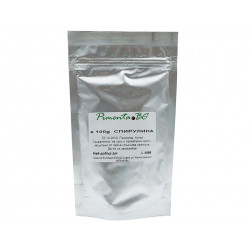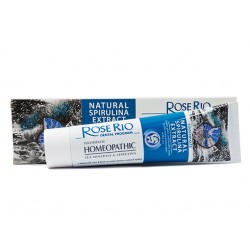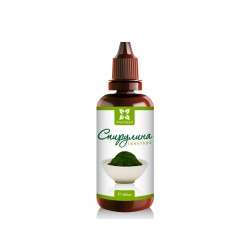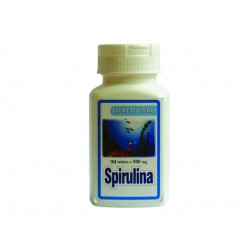Spirulina is a spiral-shaped planktonic blue-green microalga found in warm, alkaline, volcanic lakes. It is also known by the following names: arthrospira, blue-green algae, cyanobacterium, and cyanophyta. It is a traditional food of some Mexican and African peoples.
Breads with spirulina
In 1964, the Belgian botanist J. Leonard discovered in the African forests around Lake Chad a small tribe of natives whose menu had not changed for hundreds of years. These peaceful people did not engage in hunting and agriculture. Everything they needed was found around - fruits and roots of plants. They did not know modern civilization. And, although such tribes in Africa were not rare, one fact attracts the attention of scientists - the high life expectancy of the natives in a high state of health.
Despite the lack of medicine, all the old men had healthy, well-preserved teeth and thick black hair. Taking up studying their way of life, Leonard paid attention to the small green-colored flat loaves they used instead of bread. They made them from the algae they collected from the lake's surface and dried in the sun. Upon detailed examination, it becomes clear that this is the unicellular blue-green algae spirulina (Spirulina Plantensis), which has long been known to science.
The magical power of algae
Its age is about 700 million years, and it was one of the first photosynthesizing life forms on Earth. After Leonard's discovery, scientists began to study the wonderful properties of spirulina. In 1977-1980 G. Chamorro - an official expert in food toxicology at UNIDO (Vienna), confirmed the food suitability of spirulina, Dr. E. Santacruz found that the protein of spirulina in terms of nutritional value is comparable to egg yolk, and its medicinal properties exceeded all expectations of scientists.
Since the beginning of the 80s, spirulina has been widely used as a food supplement throughout the world. Today, the daily menu of a Japanese or an American is unthinkable without 3-5 grams of spirulina. It is included in many ready-made products and is also sold in its pure form, as a powder or tablets.
In addition, in the United States, the use of spirulina is becoming popular among overweight people, since even a small amount of it dulls the feeling of hunger and provides the body with all the substances necessary for life. That's why astronauts, climbers, tourists, and the military pay attention.
Nowadays, due to its beneficial effect on the human organism, it is cultivated in many places in special algae farms built on a scientific basis. It is consumed by millions of people in 40 countries around the world. In the last 30-40 years, many international publications have appeared, proving its extremely beneficial effect on the living organism, its nutritional value, its medicinal effect, as well as its complete harmlessness...
Spirulina - the most balanced food
The color of the algae includes carotene, chlorophyll, and phycocyanin. Spirulina is a source of polysaccharides and sulfoglycolipids. It is the best-balanced food in the world, not only very useful but also economically beneficial. 61% to 68% of spirulina is an easily digestible plant protein containing about 20 essential amino acids. Natural proteins in fish, chicken, and red meat are about three times less. Spirulina abounds with a wide range of vitamins, minerals, and trace elements - magnesium, manganese, copper, selenium, potassium, iron, calcium, and zinc.






